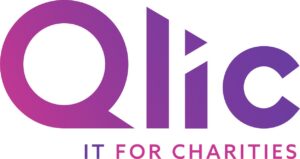SharePoint Online For Charities and Nonprofits
Simplify Collaboration With Sharepoint For Charities
Work together in real-time from anywhere in the world. Easily collaborate with board members, volunteers and co-workers, even when working on the same document simultaneously.
Auto-save your work, quickly see changes everyone is making and use the chat to communicate better throughout the process. Access previous file versions and ensure data integrity with SharePoint backup for charities and reliable versioning.

Trust Us to Deliver
Thank you so much Eddie for adding SharePoint folder, it is perfect. You must be one of Qlic’s valued employees because you are super efficient. You understand our requirements very quickly and provide us with the best solution to our IT problem.
Please keep up the amazing work, and again thank you so much for your help.
Christine Thompson
Mind Lambeth and Southwark
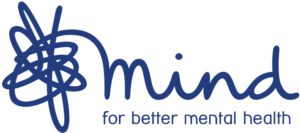
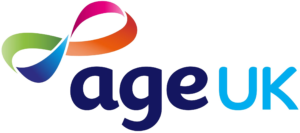

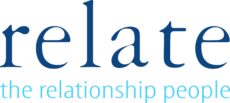
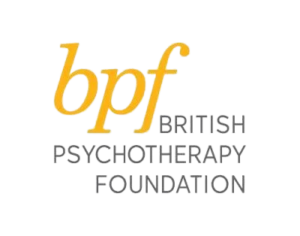



Manage Charity Operations Seamlessly
Demystify IT and create a SharePoint that works with you, not against you.
Create custom workflows that fit your charity perfectly. Build dashboards that allow you to quickly access important documents and information. And, streamline your operations so that your team can become more efficient and more productive than ever.
Reduce Costs While Maximising Resources
Say goodbye to infrastructure costs and outdated tech. And, say hello to significant discounts for non-profits. SharePoint Online for charities lets you fundraise, manage your volunteers, and keep your donors and your workers happy without breaking the bank. Spend the budget on what matters most: fulfilling your charity’s mission.

Enable your nonprofit staff to collaborate safely with SharePoint For Charities
Safeguard your charity data as it travels between computers with SharePoint encryption.
Prevent risky downloads by workers and volunteers with strong anti-malware protection with Microsoft SharePoint for charities.
Prove your identity via text, phone or app with multi-factor authentication.
Be confident that all networks accessing your SharePoint are trusted and safe.
Your Charity SharePoint Migration Made Simple
Master Microsoft SharePoint in Hours, Not Days with Qlic. Experience more than just a service – build a true partnership.

Step 1 - SharePoint Demo for Charities
SharePoint demonstration, training and planning. We’ll kick off with a comprehensive demonstration of SharePoint Online for your charity team.

Step 2 - SharePoint Training
We want to empower your charity through knowledge. The second phase consists of user training and a dedicated Q&A session for your management team.

Step 3 - Ongoing Support
Finally, we will provide your charity staff with training resources including user guides and instructional videos for ongoing support. Because we aim to be your true partner, not just a service provider.
Want to know more about how we could help your charity?
SharePoint Online for Charities FAQ
1. How can SharePoint Online benefit charities?
SharePoint Online enables charities to improve collaboration, securely store and share documents, and streamline project management. It also offers tools to create custom workflows, automate routine tasks, and ensure that all team members have access to the information they need, regardless of their location.
2. Can SharePoint Online be customised to meet the specific needs of our charity?
Absolutely. SharePoint Online is highly customisable, allowing you to create custom sites, document libraries, and workflows tailored to the specific needs of your charity. You can also integrate it with other Microsoft 365 tools to create a seamless working environment.
3. How does SharePoint Online integrate with other Microsoft 365 tools?
SharePoint Online seamlessly integrates with other Microsoft 365 tools such as Teams, OneDrive, and Outlook, creating a unified platform for communication, file storage, and collaboration. This integration allows users to access and manage documents, calendars, and communication channels all within the same ecosystem.
More Services
Explore Our Suite of Services for Charities
Read more SharePoint insights



